The story of St. Joseph Parish began in 1855, when the Rev. Edward Franz van Campenhout, an assistant at St. Mary’s (in today’s Greektown neighborhood), left that church to found a new German parish. In October of that year, construction was begun on a frame church at the corner of Gratiot and Orleans. The parish’s first recorded function, a baptism, took place in January 1856. In 1863, after several short-term pastors, the Rev. Johann Ferdinand Friedland was assigned to St. Joseph. Born in Germany and educated at Louvain, Belgium, for the “missions” in America, Fr. Friedland became pastor a short time after his arrival in the parish. When be died in 1896, the parish had been completed in the physical sense.
The present church was surrounded by the rectory, built in 1896; the school, built in 1867; the Commercial College, started in 1889; and also the sister’s convent — originally built as the rectory in 1865. Education was provided from first grade through adulthood; besides the grade school, St. Joseph Academy offered a high school for girls and the commercial college – later called St. Joseph High School – a business-oriented high school for boys.
Francis Himpler, architect of St. Joseph’s church, was born 1833, in Trier, Germany. He attended the prestigious and demanding Royal Academy in Berlin from 1854 to 1858 where he would have undertaken the study of the officially sanctioned classical style of architecture, which was based on Greek, Roman, and Renaissance examples, and was the canon against which all creations were to be measured. He clearly gravitated toward the Gothic, certainly also included in the curriculum, but it was at unusual to specialize in Gothic Revival in 19th century Berlin.
Himpler arrived in America 1867 and designed a Benedictine monastery in Atchison, Kansas. He set up practice in New York City, apparently specializing in church work for the German community. Designs include: Hoboken City Hall; St. Francis de Sales Church, Cincinnati; SS. Peter and Paul Church, St. Louis; St. Alphonsus Church, NYC; St. Anne, Buffalo; and St. Mary in Sandusky, Ohio (resembling St. Joseph in some ways).
Johann Friedland was born 1833, in Friedrichsdorff, near Erfurt in the Prussian province of Saxony. He was educated at the Gymnasium of Paderborn, later at the Catholic University in Louvain, and at the American Seminary at Louvain, which was established to train missionaries to the United States immigrant Catholic communities. This seminary was founded through the efforts of a Detroit bishop, and the rectors at the time of Friedland's attendance were from Michigan. In 1880 there were 88 priests in the Detroit diocese, only 6 of whom had been born in the United States.
Ordained 1861, Friedland arrived in New York in 1862, was assigned to Detroit in March 1862, and became pastor 1863. He found a parish of 300 families, a wooden church, and a debt of $8,000, the equivalent of about $138,577 in 2002 dollars. He was described as a persuasive speaker, an amateur art critic, and an able administrator.
After building a brick rectory (1865), installing a gallery for more seating in the old church (1866) and building the high school (1867) Fr. Friedland secured the purchase of land for a new church (1869), and its cornerstone was laid in 1870. The finished building was dedicated 1873. By 1883 St. Joseph’s was the largest German parish in Detroit, with a thousand families. Several more parishes were established to serve German Catholics: St. Anthony, under the care of St. Joseph’s; Sacred Heart; and St. Elizabeth’s. St. Albertus parish, the first Polish Catholic congregation in Detroit, began at St. Joseph’s, where its first services were held.
Parishioners remembered Fr. Friedland as a friend of the poor who visited those in need throughout the parish and helped them financially with his own funds. Returning from a sick call in early February 1895, he fell on the ice. He died on September 8, 1896 from injuries resulting from that fall. He had taken out a building permit two weeks prior to his death for the stone rectory. His death occasioned a period of public mourning. Thousands paid their respects as he lay in state in the sanctuary of his church. The funeral mass was celebrated by Bishop Foley, and at least 75 priests attended. A crowd of a thousand stood outside the church during the liturgy. Parishioners installed the Good Shepherd Window in his memory three years after his death (1899).


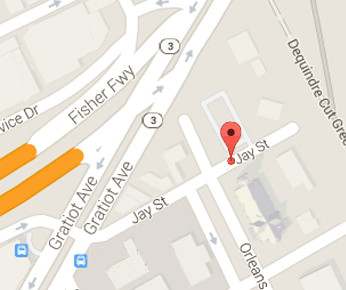


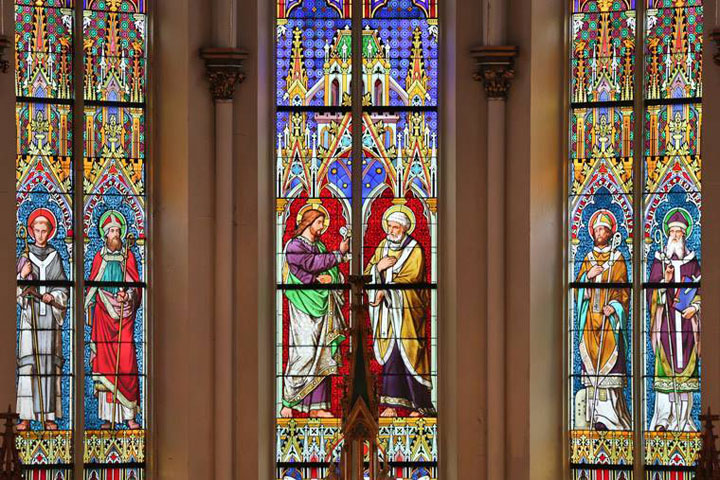

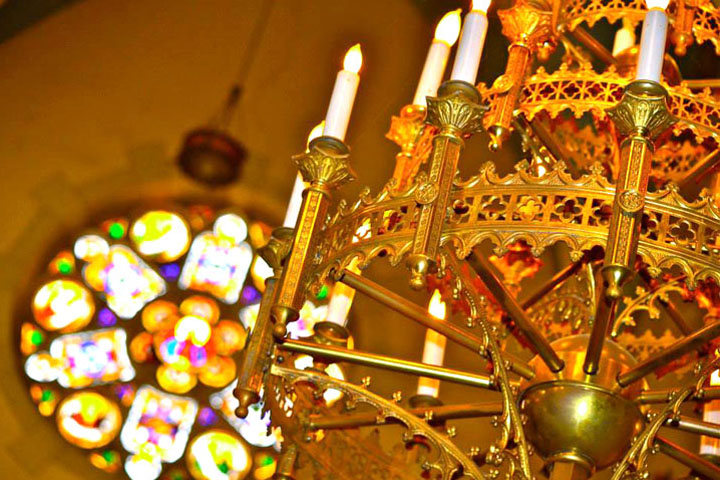

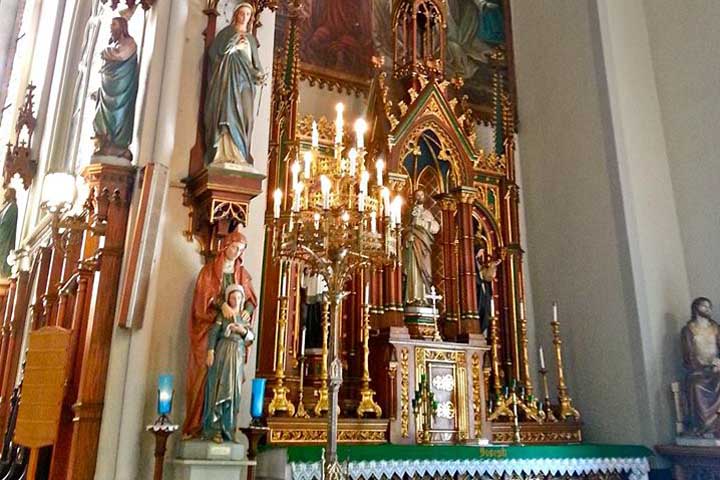



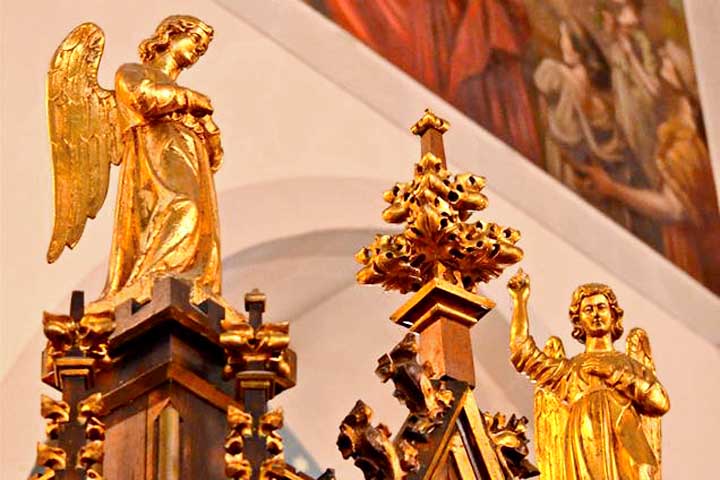



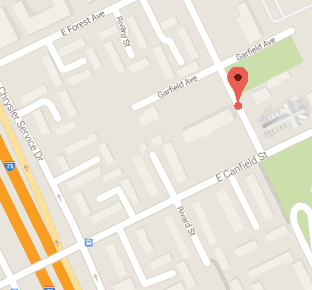
 Archdiocese of Detroit
Archdiocese of Detroit The Michigan Catholic
The Michigan Catholic USCCB
USCCB